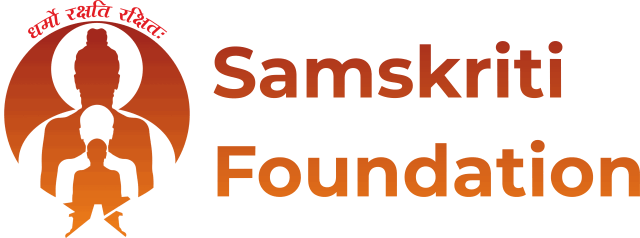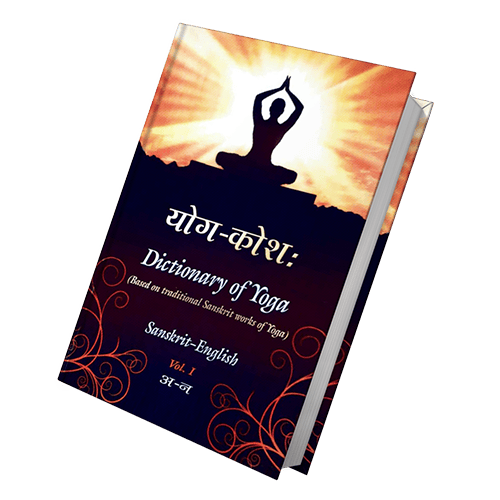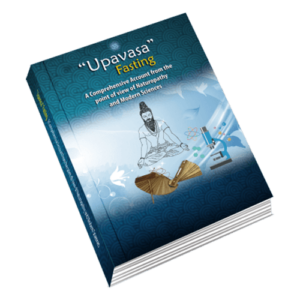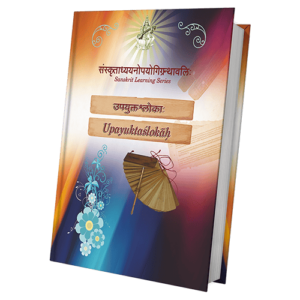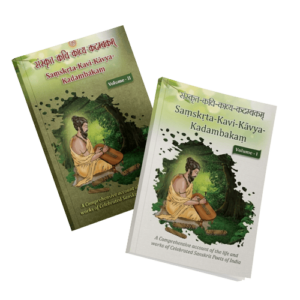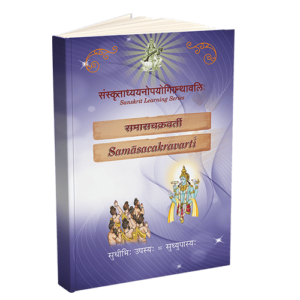Dictionary of Yoga
Modern India is experiencing an unusual and synergetic blend of the traditional and the modern in both domestic as well as in the international arena. On one hand, Indian Information Technology is being hailed as a power to reckon with, and on the other, the traditional Indian knowledge systems like Ayurveda, Yoga, etc. are beginning to be applied seriously. In the last few decades, there has been a wide acceptance of Yoga in western nations and a growing exploration of Yoga.
More and more people from all over the world are also flocking to India to get the Yogic solution to their health problems. As the demand for Yoga is increasing, there is also a corresponding increase in the number of scientists studying and conducting research in the field of Yoga.
Further, nowadays, most of the students and researchers who study Yoga are not well-versed in Sanskrit. Thus, they have a basic handicap in being unable to understand the general Sanskrit language itself. They are further handicapped as they can seldom understand the implications of the technical terms that are used in the works of Yoga. Some of the terms have been translated into local Indian languages like Hindi or Malayalam. Here also, the expected quality and rigor of translation does not exist. Thus, these students and researchers are unable to interpret the texts of Yoga in the right manner. Many a times, even experts in the field of Yoga also find it difficult to find out the meanings of some technical terms they have hitherto not come across due to their not studying some particular texts of Yoga.
The much needed solution for the above problems is a Basic dictionary of Yoga (from Sanskrit to English) that gives a basic translation of all the technical terms of Yoga in a precise and concise manner with the necessary references to the principal works in which those technical terms are used. This dictionary proposes to provide this solution.
Digital version coming soon.
